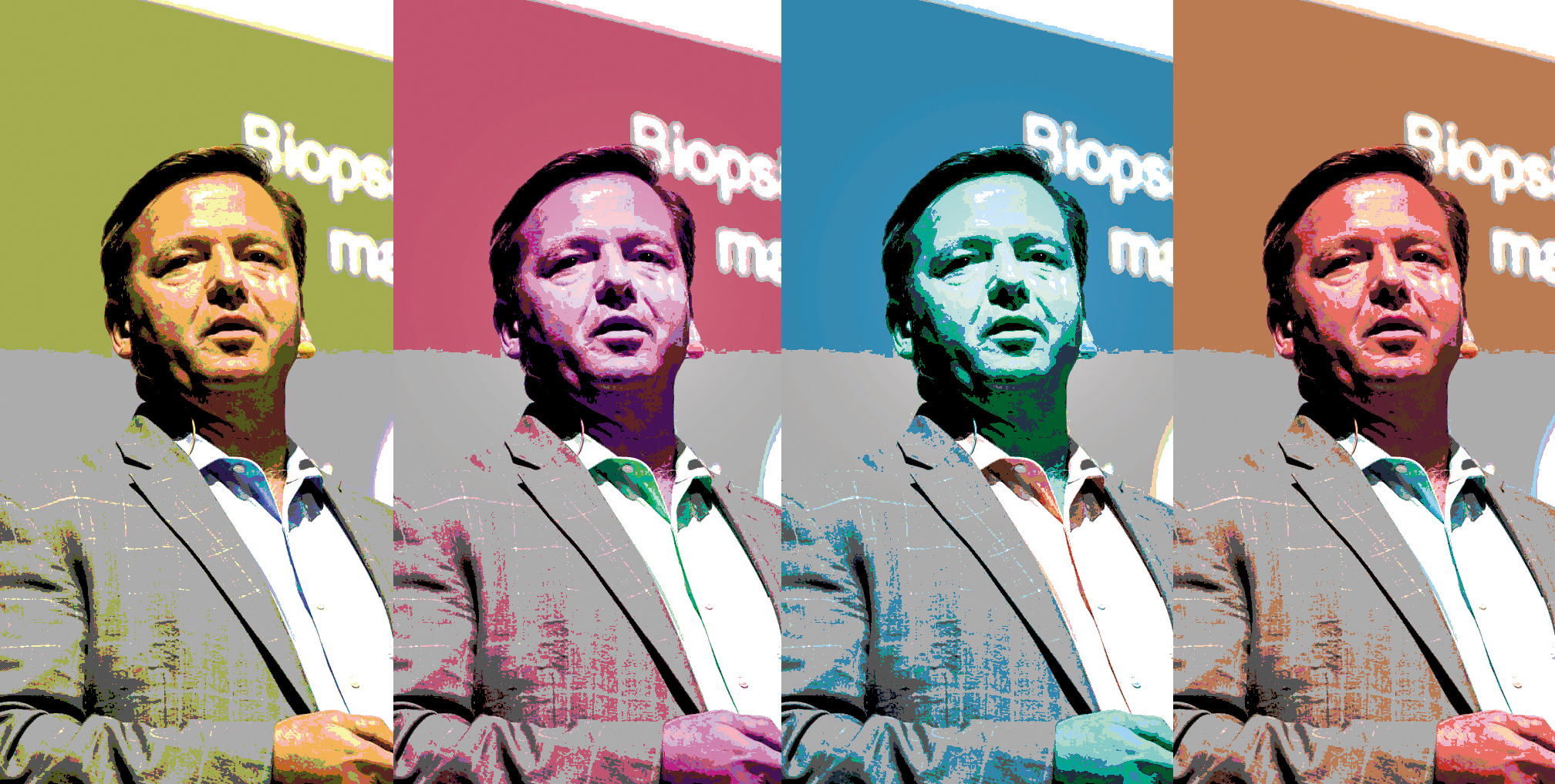Gathering employee input could save your change initiative
The ability to adapt rapidly and develop new solutions during times of intense change is critical to an organization’s survival. But without input from the people who will ultimately implement and use a new tool, system or process, the very people you designed it for could discard your solution. So how does an organization acquire relevant and actionable insights? Here are three ways to get the employee input your business needs:
1) Conduct Interviews
It is a cliché that people resist change, but it is also true that people support what they help create. That is why it is important to talk to the implementors and users of the desired change and involve them throughout the design process. Typically, when people are confronted with the prospect of something new, their survival instinct kicks in. They wonder, “Will there still be a place for me? Do I have the skills I need to succeed in this new environment? Will I lose control in the new system?” You need to speak to the concerns of both the organization and the individual. If you do not handle an individual’s concerns, it will be challenging to get them to buy into the organization’s concerns. Later, when you are testing solutions, it is important to go back to those same people and ask, “If we could solve X, would that make a difference?” You have to come up with prototypes and test them. It is a very iterative process—you are learning every step of the way. The hope is that you will come up with a new idea and people will say, “Yeah, if you could fix that for us, that would be really great.”
2) Be an Attentive Observer
Just asking people about their work is not enough because sometimes what they say does not match what they do. Employees may develop workarounds or shadow processes because the existing ones are broken. And sometimes people just want to keep doing things the way they are comfortable doing them. In any case, you have to pay careful attention to what workers do, so you can learn what works and what does not. This takes empathetic observation—walking in another person’s shoes to see what they do, how they do it and what challenges they have to overcome. For example, a large food and beverage enterprise was implementing a data management project to connect manufacturing, warehousing, purchasing, marketing, packaging, shipping and more. However, a large amount of inventory simply disappeared during peak season. It existed, but no one could locate it. They asked us to investigate. One of our interviewers discovered an employee was recording orders on a legal pad, making it easy for them to get lost. That was not the sole reason for the glitch, but it certainly was a contributing factor.
3) Test Different Prototypes
Once you have a good idea of what the solution should be, prototype it. Make it inexpensive and easy to create so you can change it repeatedly. The purpose of prototyping in design thinking is not to validate your good idea. It is to put something in the hands of users early on and see how they use it and misuse it in ways you did not expect. Keep your end users and operators involved every step of the way; do not get too wedded to any particular idea early on. Even after you launch your solution, consider it version 1.0. Continue to gather feedback so you can begin work on version 2.0—and so on. By the time you are finished, the users should feel like it is their solution.
This article appeared in the Winter 2021 issue of Insigniam Quarterly. To begin receiving IQ, go here.



